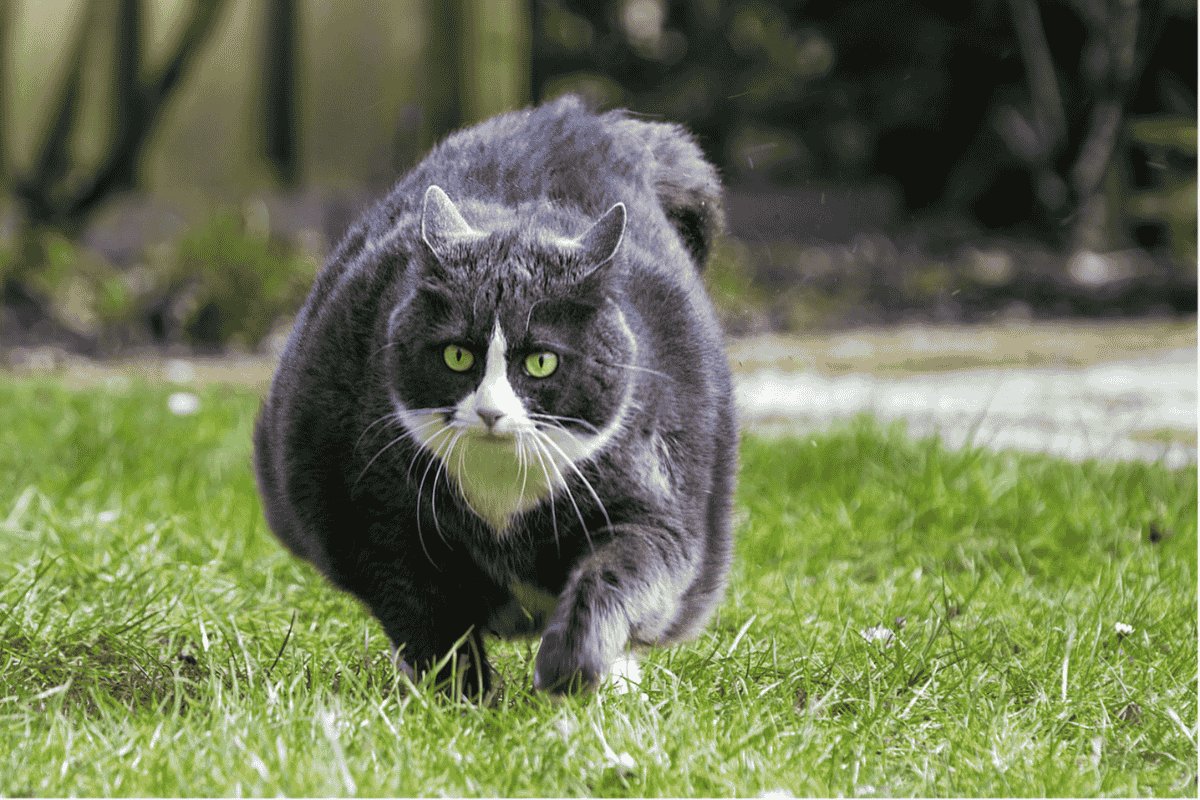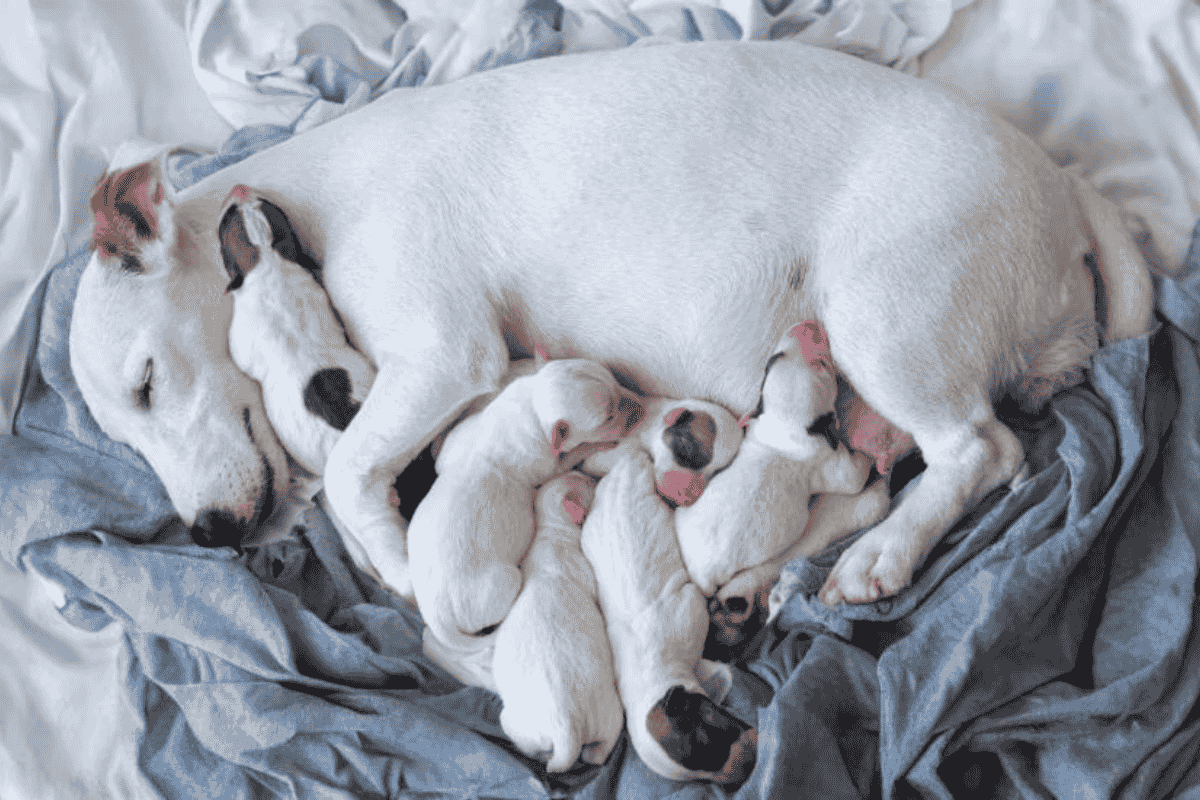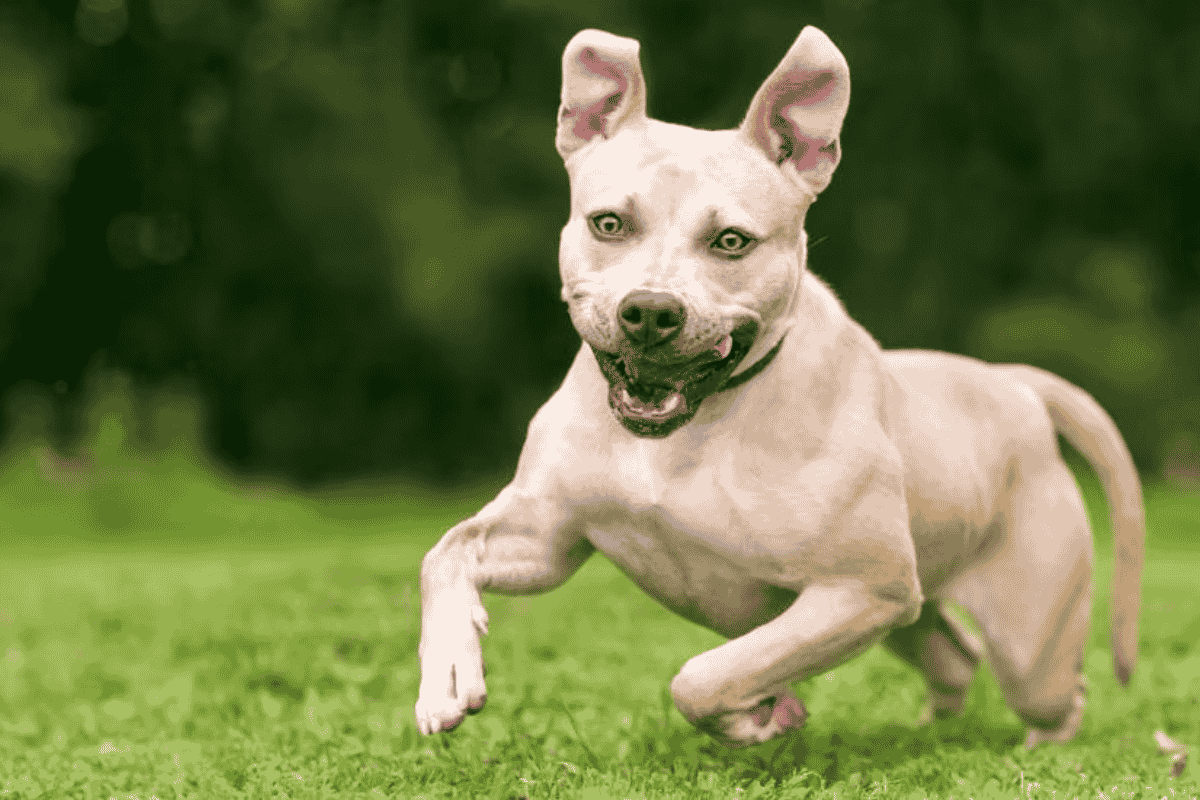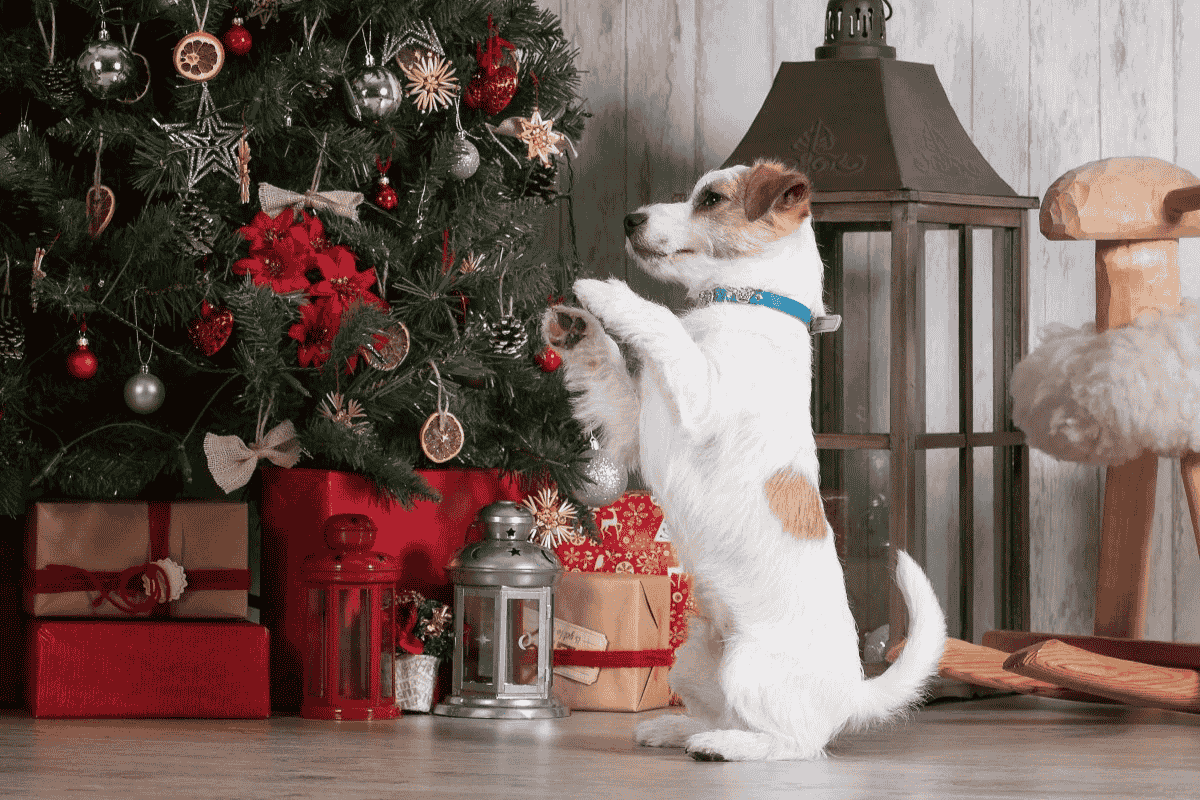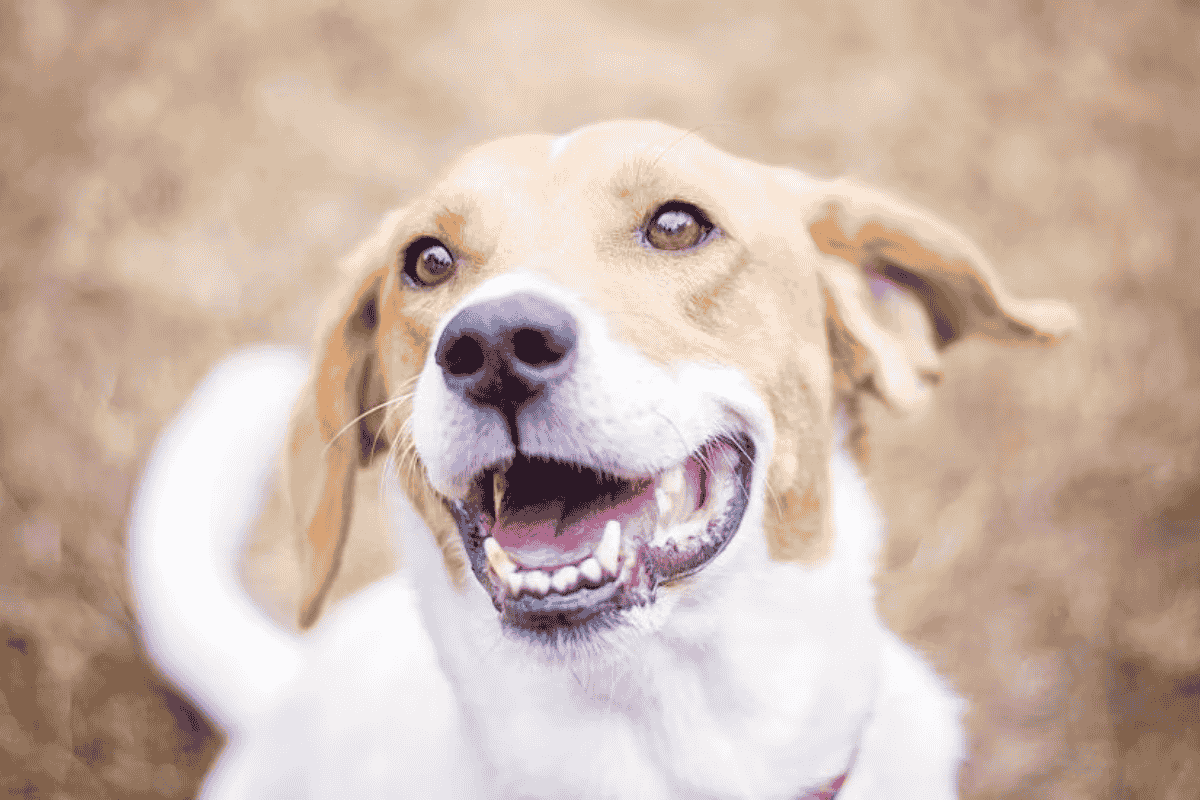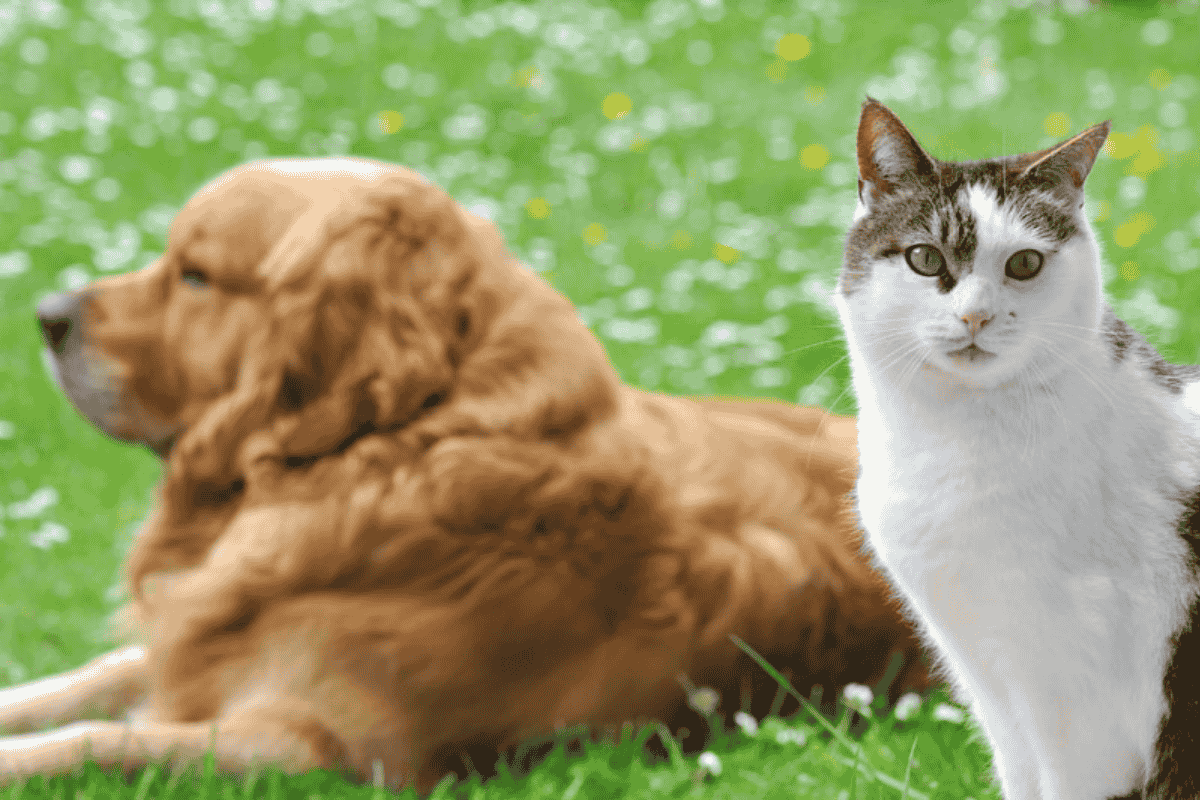Pet obesity is an increasing health risk for dogs and cats, yet many people fail to recognize it as a serious problem. Weight gain often happens gradually, making it easy to overlook. While mild changes may be subjective, veterinarians define obesity by:
- Large fat deposits over the chest, spine, neck, and base of the tail
- A distended belly
- Loss of a visible “waist”
- A rounded, pear-shaped body when viewed from above
Diabetes in Pets
Obesity can lead to diabetes in dogs and cats. In healthy animals, the pancreas produces insulin to regulate blood sugar after meals. In obese pets, the pancreas becomes overworked and eventually cannot produce enough insulin.
This results in diabetes, a chronic condition that often causes blindness in dogs and muscle weakness in cats. While treatable, it puts significant stress on the body.
Pancreatitis in Animals
Another common obesity-related condition is pancreatitis. The pancreas not only produces insulin but also digestive enzymes. In pancreatitis, these enzymes become overactive and start damaging the pancreas itself. Symptoms include vomiting, diarrhea, and abdominal pain. Without treatment, pancreatitis can be fatal.
Joint Disorders in Pets
Excess weight places additional strain on joints and tendons, leading to arthritis and degenerative joint disease. This results in chronic pain, reduced mobility, and a lower quality of life for pets.
Helping Pets Maintain a Healthy Weight
Preventing obesity starts with awareness and proactive care:
- Recognize that pets have different metabolisms and food needs.
- Work with your veterinarian to establish your pet’s ideal weight.
- Feed measured portions daily instead of leaving food out all the time.
- Monitor food intake carefully, especially in multi-pet households.
Cats in particular may require individualized feeding schedules to ensure all pets receive the right nutrition.
Feeding and Treat Guidelines
Avoid feeding pets table scraps and limit treats. While food can feel like an expression of love, pets benefit just as much from playtime, walks, affection, and companionship.
Importance of Diet and Exercise
If your pet is already overweight, safe weight loss is key. Start slowly with exercise routines to avoid injury, and focus on gradual progress. Work closely with your veterinarian to choose the right diet and activity plan.
Diet and exercise together are the best tools to help pets achieve and maintain a healthy weight, ensuring they live longer, happier lives.
